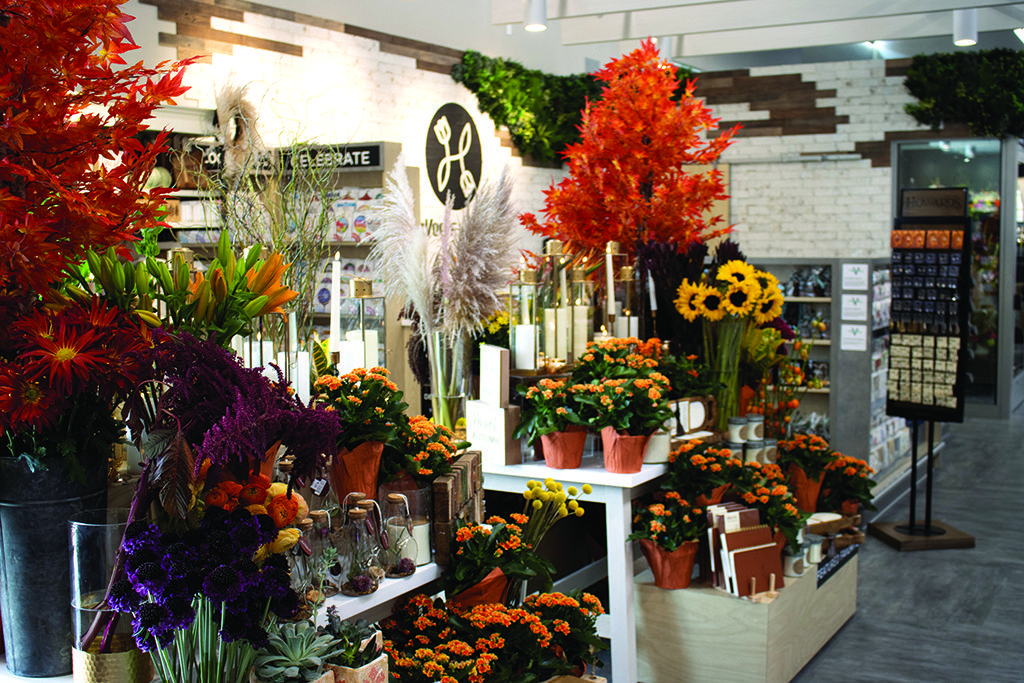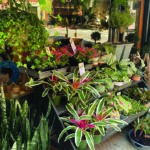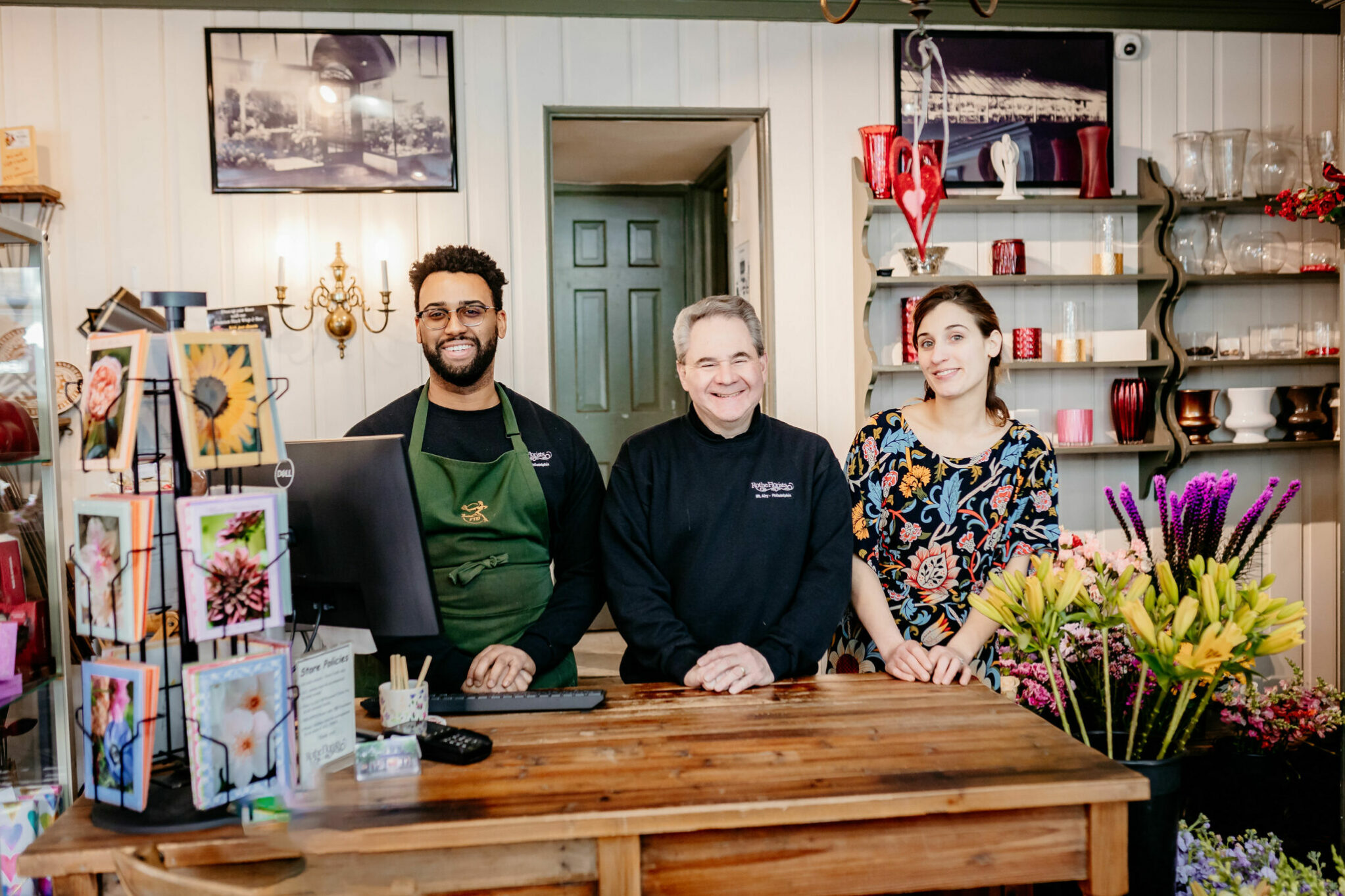
Hy-Vee’s new flagship store in Eau Claire, Wisconsin, features a larger, newly designed floral department. Grocery store sales of flowers has seen double digit growth since 2020, creating more demand for flowers.
There have been several factors affecting the floral supply chain in the past two years, from labor shortages to extreme weather. One reason florists struggle to source plants and flowers? Supermarkets are purchasing them en masse. In the latest issue of Floral Management, contributing writer Julie Martens Forney investigates the growth of mass market floral, what’s selling, and best practices for dealing with the competition.
According to a report for the Produce Marketing Association by Information Resources Inc. (IRI), supermarket floral departments have experienced double digit growth since Mother’s Day of 2020, when pandemic lockdowns were in full force.
Iowa-based Hy-Vee, Inc., which has 280 stores in eight states, saw “phenomenal floral department sales in 2021, because we really became that one-stop shop during the pandemic,” says Jan Nichols, vice president of the company’s home and floral department. Early in 2022, the company still sees double-digit increases in some categories, she adds.
Roses, Plants and Bouquets Rule
Roses are supermarket shoppers’ top pick, followed closely by plants and bouquets, according to the IRI report. Mass market sales have grown so much that they are competing for the same roses available to wholesalers, says Oscar Fernandez, the Society of American Florists’ president-elect and director of sales for Equiflor/Rio Roses. Scrambling to find flowers last summer, Virginia florist Holly Heider Chapple discovered that grocery chains have bought entire farms of flower brands for their inventory.
Nichols told Martens Forney that Hy-Vee needs “hundreds” of plants to satisfy customers’ appetites. “We recently bought eight truckloads of snake plants from a Florida grower they were gone in two days,” Nichols says. Self-care consumers are also snatching up small $5 bouquets.
How to Navigate the Shortage
Here are a few strategies to handle the competition:
- Cultivate relationships with your suppliers and colleagues in the industry. Get to know local growers, as well as other designers in your community. It’s possible that, in the interest of ensuring margins, someone’s over ordered and has extra of something.
- Get selective with wedding clients. Have a consultation with a bride who indicates she will not accept substitutions of any sort? Just say no. “We have to start thinking about the trends and opening up the color palettes, looking at what beautiful flower types are available within your season,” Heider Chapple says.
For more details, read the “Up the Supply Chain” column in the January/February issue of Floral Management.
Katie Vincent is the senior contributing editor for the Society of American Florists.






